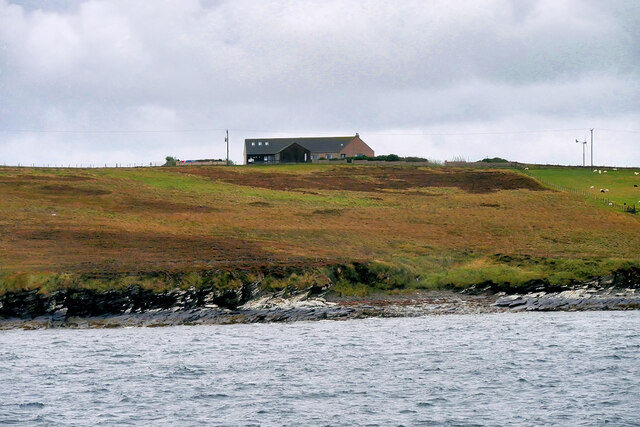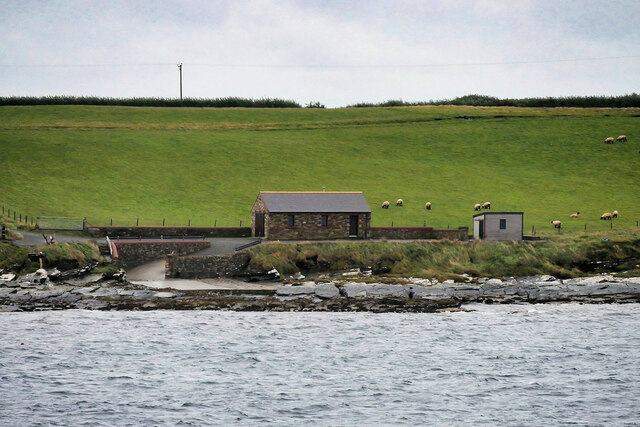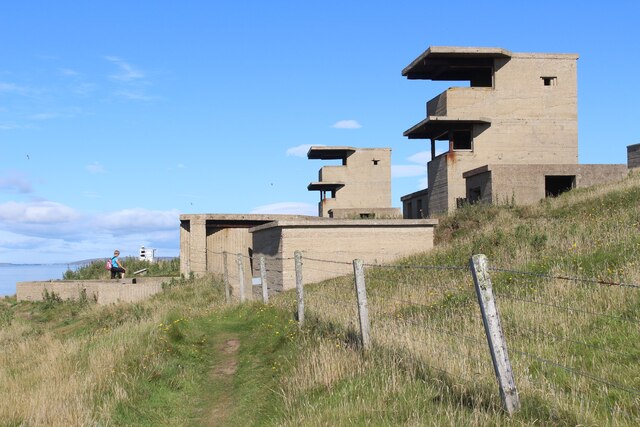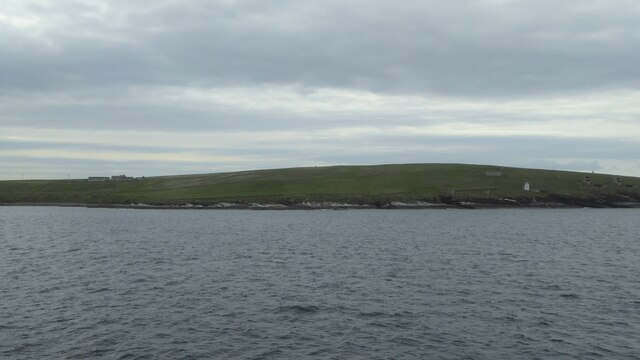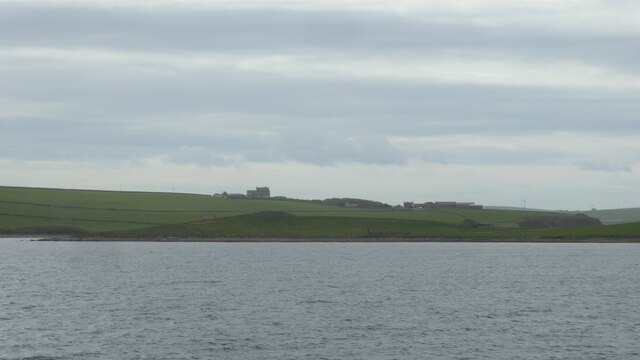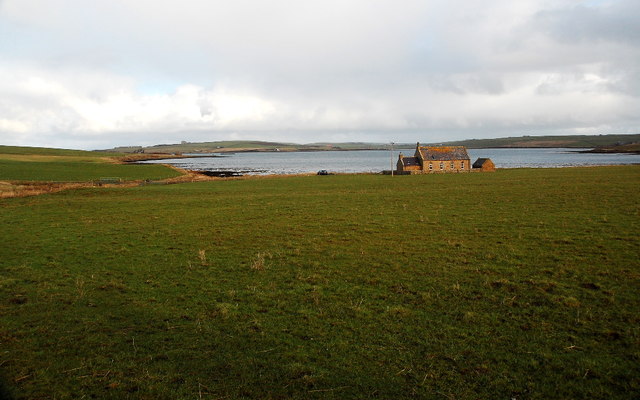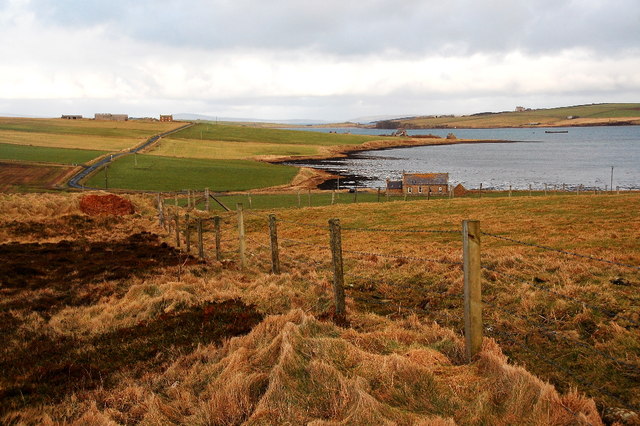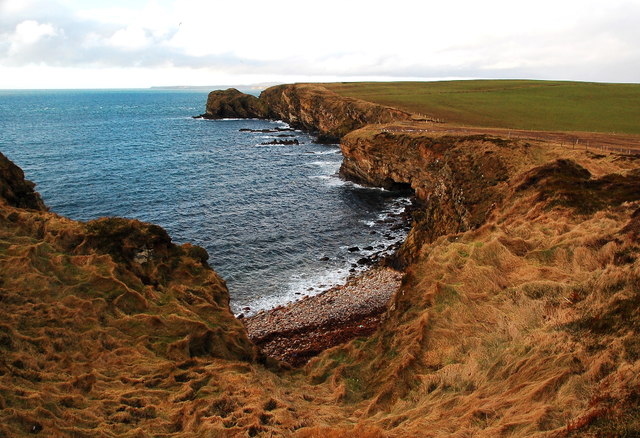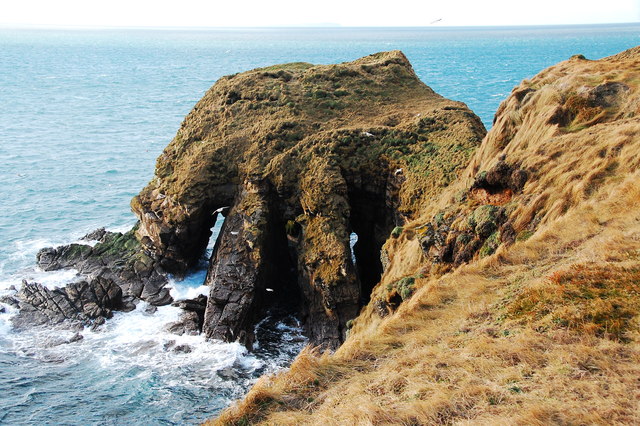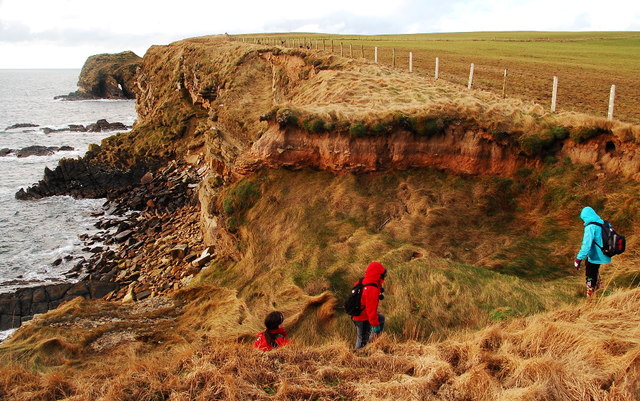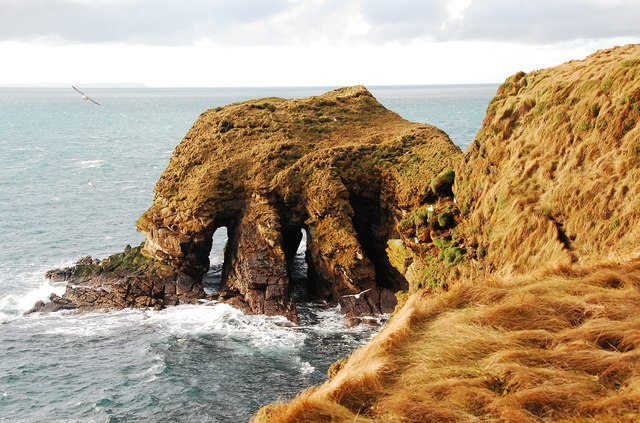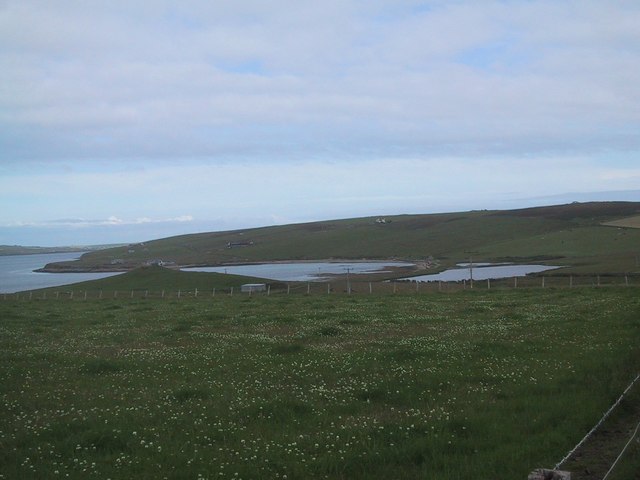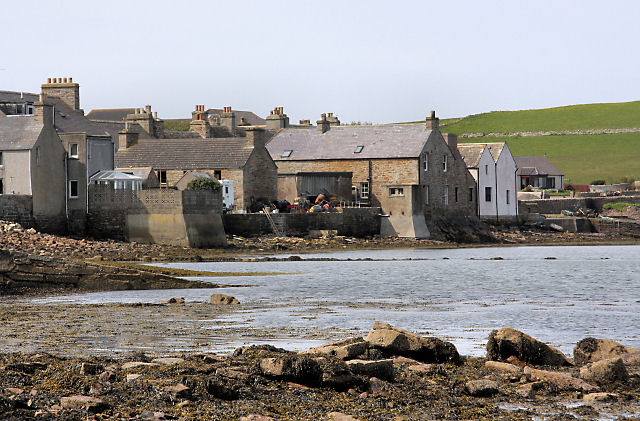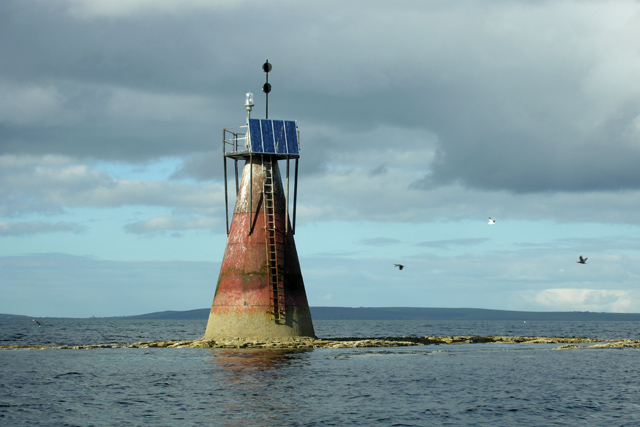Croo Skerry
Coastal Feature, Headland, Point in Orkney
Scotland
Croo Skerry
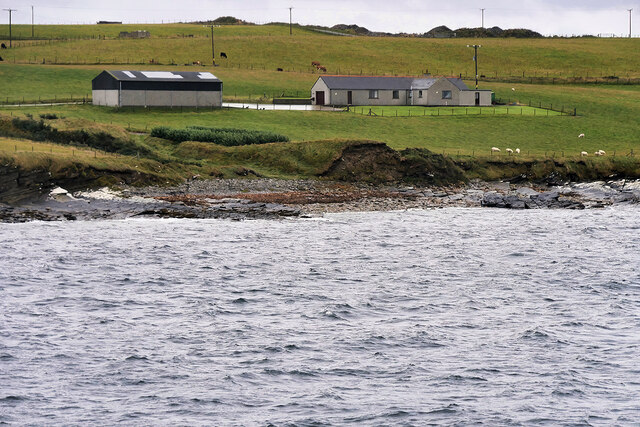
Croo Skerry is a notable coastal feature located on the Orkney Islands, an archipelago situated off the northeastern coast of Scotland. It is specifically found on the western side of the island of Westray, which is the northernmost of the inhabited islands in the Orkney group. Croo Skerry is classified as a headland or point due to its prominent, rocky outcrop that juts out into the North Atlantic Ocean.
The headland is characterized by its rugged and dramatic landscape, consisting of steep cliffs that rise up from the crashing waves below. The cliffs at Croo Skerry reach impressive heights, providing breathtaking views of the surrounding seascape. The exposed nature of the headland also means that it is often buffeted by strong winds and powerful swells, making it a popular spot for birdwatchers and nature enthusiasts.
Speaking of wildlife, Croo Skerry is home to a diverse range of seabirds, which find sanctuary on the cliffs and rocky ledges. Species such as puffins, razorbills, guillemots, and fulmars can often be spotted nesting here during the breeding season. Additionally, seals can occasionally be seen basking on the rocks or swimming in the waters around the headland.
Croo Skerry is a place of natural beauty and offers visitors a chance to immerse themselves in the rugged coastal environment of Orkney. Its striking cliffs, abundant birdlife, and wild seas make it a must-visit destination for those exploring the island of Westray or seeking an authentic coastal experience in the Orkney Islands.
If you have any feedback on the listing, please let us know in the comments section below.
Croo Skerry Images
Images are sourced within 2km of 58.813758/-3.0122415 or Grid Reference ND4192. Thanks to Geograph Open Source API. All images are credited.
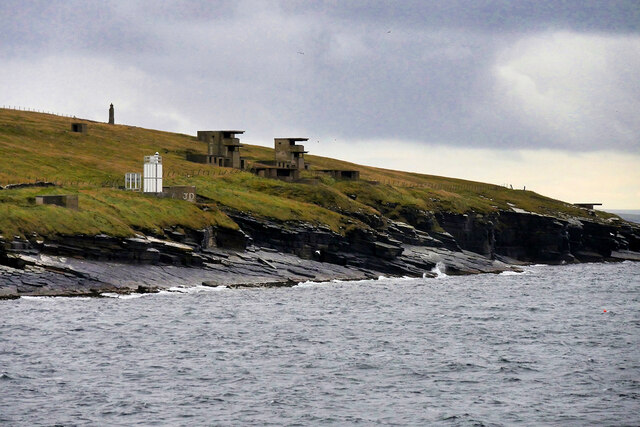
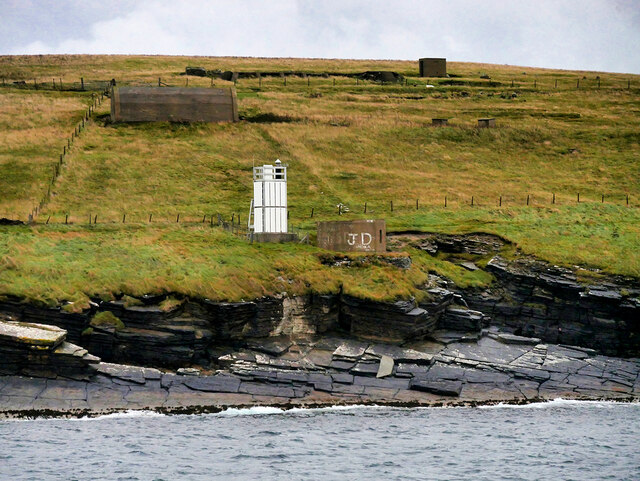
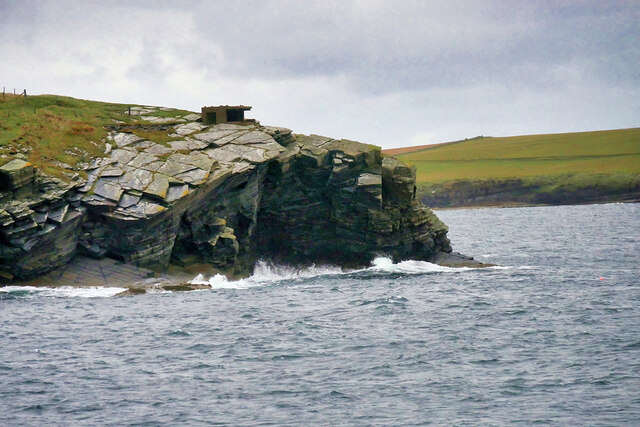
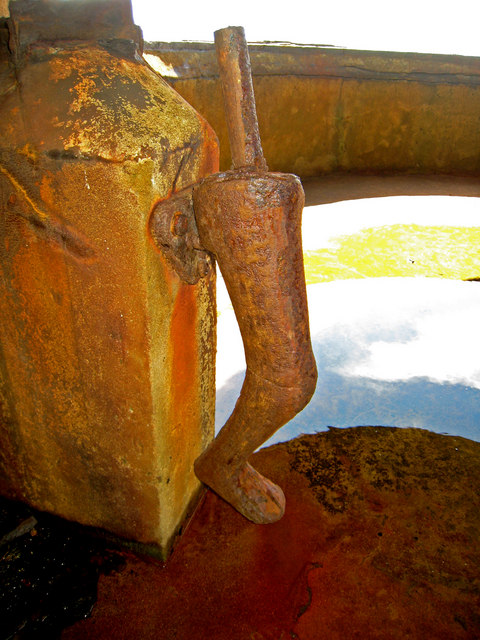
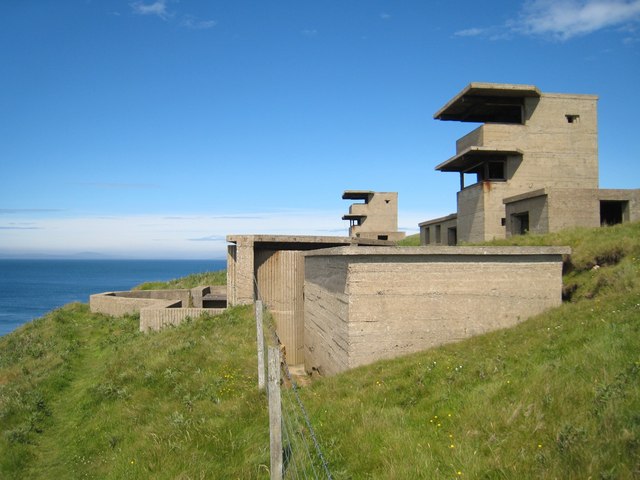
Croo Skerry is located at Grid Ref: ND4192 (Lat: 58.813758, Lng: -3.0122415)
Unitary Authority: Orkney Islands
Police Authority: Highlands and Islands
What 3 Words
///finest.rails.smuggled. Near St Margaret's Hope, Orkney Islands
Nearby Locations
Related Wikis
Herston, Orkney
Herston is a village on South Ronaldsay, Orkney, Scotland, United Kingdom. Herston is historically a fishing village but its only industry to speak of...
Hoxa, Orkney
Hoxa is a small settlement on the island of South Ronaldsay in the Orkney Islands north of mainland Scotland. Hoxa is located 1+1⁄4 miles (2.0 km) west...
St Margaret's Hope
St Margaret's Hope is a village in the Orkney Islands, off the north coast of Scotland. It is known locally as The Hope or The Hup. With a population...
Nevi Skerry
Nevi Skerry is a skerry situated in Scapa Flow in the Orkney Islands. The skerry is situated approximately 1 km (0.62 mi) east of Flotta and approximately...
Hunda
Hunda is an uninhabited island in the Orkney archipelago in Scotland. It is 100 hectares (0.39 sq mi) in extent and rises to 42 metres (138 ft) above sea...
South Ronaldsay
South Ronaldsay (, also , Scots: Sooth Ronalshee) is one of the Orkney Islands off the north coast of Scotland. It is linked to the Orkney Mainland by...
Whome
Whome is the largest settlement on the Orkney island of Flotta, Scotland. The village is situated on the B9046, the main road across Flotta. Views from...
Switha
Switha is a small uninhabited island towards the south of Orkney, Scotland, approximately 41 hectares in area. == Geography and geology == Switha lies...
Related Videos
A Fisherman's Song To Attract Seals & Drummond Castle
Twee jigs gespeeld bij Rinibar House, Hoxa, op de laatste dag van onze zoveelste vakantie naar Schotland. Deze keer verbleven ...
Hoxa Head WWII Coastal Battery, Orkney - DJIMINI3 Pro - June 2023 - History within beauty
Day 4 of our Orkney trip, and time to look at the other main historical relics, those associated with the First and Second World Wars ...
Nearby Amenities
Located within 500m of 58.813758,-3.0122415Have you been to Croo Skerry?
Leave your review of Croo Skerry below (or comments, questions and feedback).
